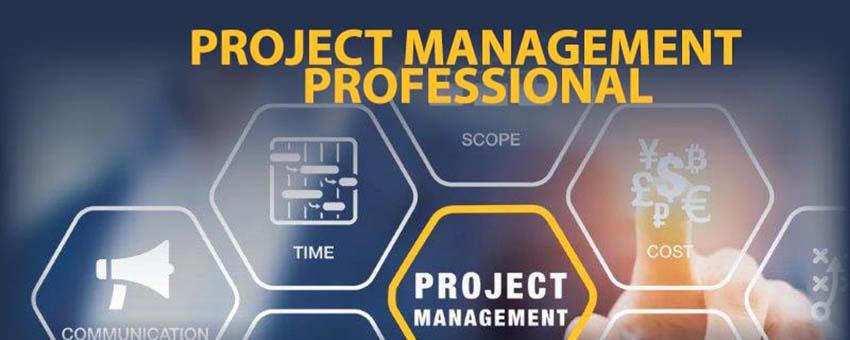
Qualitative risk analysis is a risk analysis technique for evaluating the potential project risks of an entity. Risk analysis study is an important concept for the PMP exam and if you are looking for a free PMP exam simulator, then dive in. Besides, following just 5 steps will help you to determine the project risks and the impact scale of any uncertain events involved in the work.
In qualitative risk assessment, the level of risks is estimated in the early stages of the development in order to adopt the right project risk management. The risk is analyzed in order to avoid litigation, address the regulatory issues, comply with new legislation, reduce exposure, and minimize the impact.
For example - if NASA is sending a rocket to the moon with astronauts, they would surely want to protect those people. So, a qualitative analysis here ensures if there is any shortage of information that can lead to uncertain events.
Here are the 5 steps of assessing the risk parameters and the likelihood of their occurrence -
Identify and Select Risk Characteristics
Risk identification is perhaps the essential part of qualitative risk analysis as it helps to separate the high-priority risks from minor risks. The goal of this step is not to prioritize each risk event but to make a list of risks detailing all possible risk events involved depending on the type of project.
Here are some of the ways to identify risks
- Take Technical Risk into Consideration
- Take External Risks into Consideration
- Risks within The Organization
- Identify the Project Management Risks
- Involvement of the Project Stakeholders
- Collect and Analyze Data to Estimate the Probability
After making the list of risks, it is time to analyze the risk probability and its negative impacts on the work. You should remember here that you should only consider the probability of occurrence, not the nature or scope of damages that may occur.
Here are ways to estimate the likelihood of occurrence
- Use a four-point Risk Analysis Tool
- Use A Numeric Scale to Assign the Values
- Make A Risk Ranking Based on Risk Impact
- Gather Opinion from the Stakeholder Interviews and Subject Matter Experts
- Measure the Potential Impact
The next step of the risk analysis process is to measure the effects of risk from the identified ones. The goal of this step is to evaluate each risk irrespective of its risk severity, and so while evaluating, you need to consider every individual risk equally. Plus, you should involve the entire project team and other stakeholders to obtain the best results.
Here are some tips for estimating the potential impact
- Always Expect the Worst Threat Level while Evaluating Risk
- Make A Comprehensive and Practical Risk Management Plan including Cost, Schedule, Deliverables, and Scope
- Use All Available Data at Your Disposal
- Use an Impact Scale to Measure the Risk Severity
- Create a Risk Matrix
In this step, you need to put together the analysis in the previous three steps in a risk matrix. With that taken care of, plot a probability vs. impact scale and evaluate them using your numeric scale. The product of the probability and the impact score across each row and column should give you the exposure score.
Here are some tips for creating the risk matrix
- Customize Your Risk Matrix Table Based on Your Preferences
- Plot All Your Risks to Obtain the Exposure Score of All Risks
Categorize Risk Causes and Develop a Risk Response Plan
Based on your evaluations and exposure score, your key project team can identify the important threats and create an actionable risk response plan accordingly. And the risk tolerance of your project will depend entirely on your risk evaluation - which risks require further action or analysis.
Any risk that requires proper action can be executed by using a risk mitigation strategy. And so, it's essential to perform a cost-benefit analysis to find out which risks are worth fixing. And besides, risks are an inevitable part of a project, and so, determining risk and accepting it as a part of the work and tackling it with proper risk responses is the way to go.
Here are some actionable tips for developing a risk response plan
- Break Down the Risks Based on The Risk Urgency
- Use Colors to Define the Priority of Each Risk
- Consult with The Subject Matter Experts and Choose the Best Execution Strategy
- Continually Keep Track of Your Risks and Alter Your Strategies Accordingly
In Conclusion
As a project manager, your work is to make a list of risks of all risks and identify the probability of risks involved in a project, assess the potential impact of the risks, and create an effective risk response strategy to mitigate them. Risk analysis benefits are always fruitful while working on a large project, and so, it is essential for a project manager to know how to perform a qualitative risk analysis.
Also read about:
What Kind of Cases Do Personal Injury Lawyers Handle
Changing Name in Canadian Passport The Dos and Donts
Best Time to Trade Binary Options Expert Traders Guide








